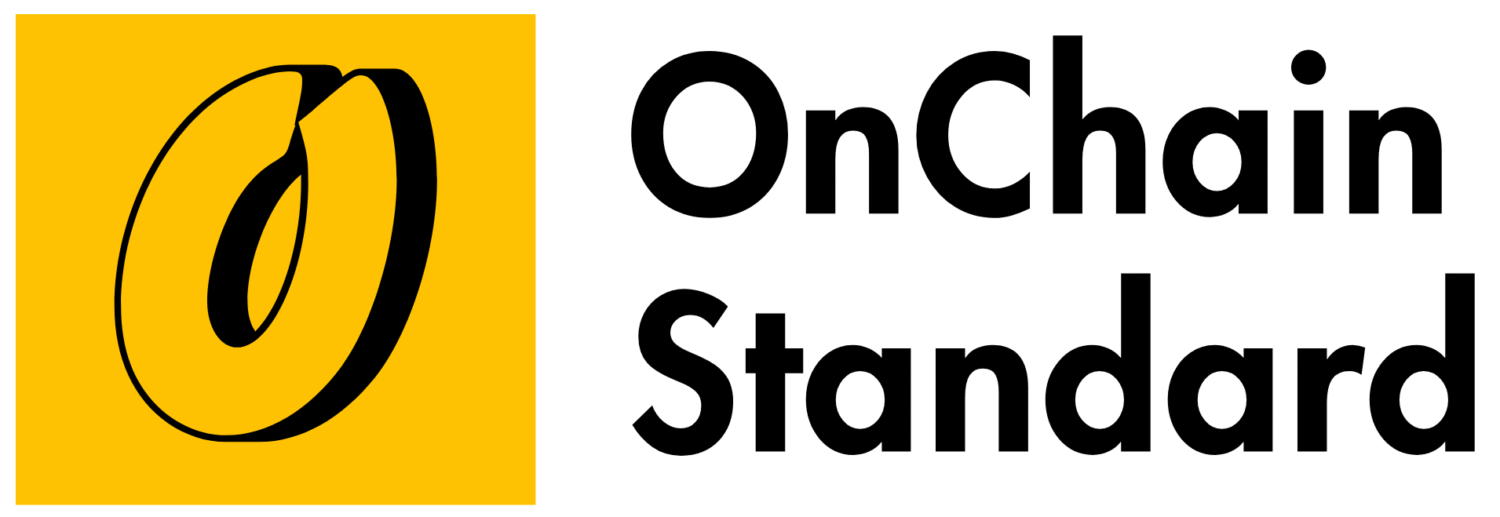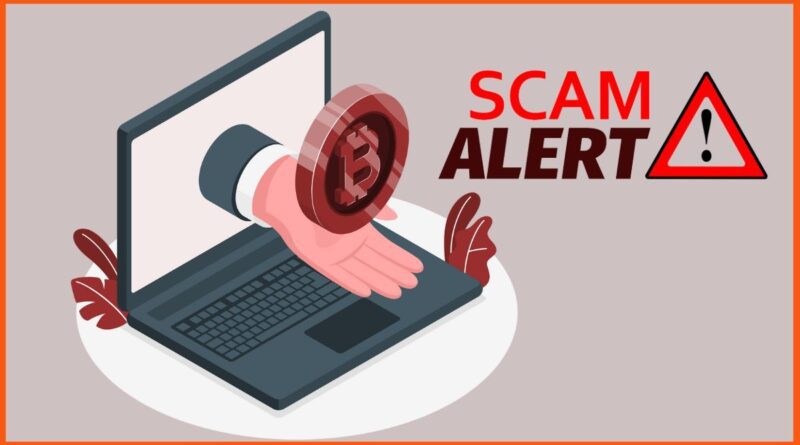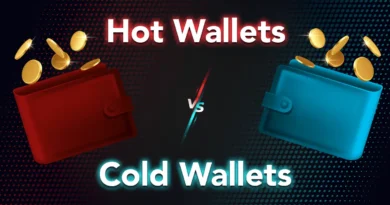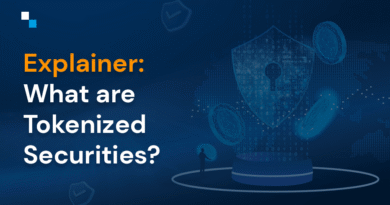How to Use Token Sniffer to Vet New Crypto Projects in 2025
Introduction
In 2025, the crypto market, valued at over $3 trillion, sees new tokens launched daily, but scams like rug pulls and honeypots cost investors $1.2 billion in 2024 alone. Token Sniffer is a powerful tool designed to analyze smart contracts and identify risky projects by evaluating code, liquidity, and holder distribution. This guide explains how to use Token Sniffer to vet new cryptocurrency projects, helping investors avoid scams and make informed decisions in the volatile DeFi landscape.
What Is Token Sniffer?
Token Sniffer is a free, AI-driven platform that scans smart contracts across 15 blockchains, including Ethereum, BNB Chain, and Polygon, to detect potential scams like rug pulls, honeypots, or malicious code. It provides a safety score (0–100) based on contract analysis, liquidity status, and holder distribution, helping users assess a token’s legitimacy. Integrated with Solidus Labs’ Web3 AML solutions, Token Sniffer monitors millions of tokens daily, making it a go-to tool for DeFi security.
Why Use Token Sniffer?
-
Scam Detection: Identifies red flags like unverified contracts or restricted selling (honeypots), as seen in the $SQUID scam in 2021.
-
Real-Time Analysis: Tracks new tokens within seconds of deployment, crucial in 2025’s fast-paced market.
-
User-Friendly: Offers an intuitive interface for beginners and detailed metrics for advanced users.
-
Multi-Chain Support: Covers major EVM-compatible chains, though Solana requires tools like Soul Sniffer.
Step-by-Step Guide to Using Token Sniffer
1. Access Token Sniffer
-
Visit the official website at tokensniffer.com.
-
Complete the “I’m not a robot” verification to access the dashboard.
-
The homepage displays trending tokens, newest tokens, and recently reported scams, providing a quick market overview.
Tip: Bookmark the site for quick access and ensure you’re on the official URL to avoid phishing scams.
2. Search for a Token
-
Locate the search bar at the top right corner of the Token Sniffer homepage.
-
Enter the token’s name (e.g., PEPE) or, preferably, its smart contract address (starting with “0x” for EVM chains) to avoid confusion with duplicate names.
-
Find the contract address on platforms like CoinMarketCap, CoinGecko, or the project’s official website.
Example: To vet PEPE, copy its Ethereum contract address (e.g., 0x6982508145454Ce325dDbE47a25d4ec3d2311933) from Etherscan and paste it into Token Sniffer’s search bar.
3. Analyze the Safety Score and Report
Token Sniffer generates a detailed report with a safety score (0–100) and key metrics:
-
Safety Score: A score above 80 indicates high reliability; 50–80 suggests caution; below 50 flags potential risks. For example, PEPE scores 70/100 due to partial liquidity concerns.
-
Contract Analysis:
-
Verified Contract: Ensures the code is publicly viewable on Etherscan or BscScan.
-
Honeypot Check: Confirms if selling is restricted, as in the $SQUID case where investors couldn’t sell.
-
Similar Contracts: Identifies if the code is copied from known scams.
-
-
Liquidity Analysis: Checks if liquidity is locked (e.g., via UNCX) and for how long. Unlocked or short-term locks (e.g., <15 days) raise red flags.
-
Holder Distribution: Assesses if a few wallets hold excessive tokens (e.g., >40% in 1–2 wallets), indicating dump risks.
-
Bubblemap: Visualizes transfers among top holders, accessible via Etherscan links, to spot suspicious wallet connections.
Example: A new token, “MOONX,” scores 45/100 due to an unverified contract and 50% of tokens held by one wallet, signaling a potential rug pull.
4. Interpret Red Flags
Pay attention to warnings in the report:
-
Unverified Contract: Indicates hidden code, a common scam tactic.
-
High Buy/Sell Fees: Fees above 10% may deter trading or hide exploitative mechanisms.
-
Unlocked Liquidity: Suggests the team can drain funds, as seen in 2024’s $50 million rug pulls.
-
Copied Code: Similar contracts to known scams increase risk.
-
Low Liquidity: Tokens with under $10,000 in liquidity may lack market support.
Tip: Cross-check red flags with tools like DexTools or GoPlus Security for confirmation.
5. Explore Additional Features
-
Scam List: Review Token Sniffer’s database of known scams to check if the token is listed.
-
Real-Time Monitoring: Track new tokens or reported scams via the “Newest Tokens” and “Latest Scams” sections.
-
Community Reports: Submit suspicious tokens for analysis or view user-reported issues to gauge community sentiment.
-
API Integration: Advanced users can use Token Sniffer’s API for automated scans, available via Pro or Enterprise plans.
6. Cross-Verify with Other Tools
Token Sniffer has limitations, such as incomplete data for new tokens or lack of Solana support. Complement it with:
-
DexTools: Analyzes buy/sell activity and liquidity pools for Ethereum and BNB Chain tokens.
-
Soul Sniffer: Specializes in Solana-based tokens, critical for 2025’s meme coin surge.
-
Etherscan/BscScan: Verifies contract code and tracks transactions.
-
GoPlus Security: Detects malicious addresses and dApp vulnerabilities.
-
REKT Database: Reviews past scams to identify patterns.
Example: A Solana-based token not supported by Token Sniffer can be vetted using Soul Sniffer and Raydium’s liquidity data.
Best Practices for Vetting with Token Sniffer
-
Use Contract Addresses: Always input the contract address to avoid fake tokens with similar names.
-
Check Liquidity Locks: Ensure liquidity is locked for at least 6–12 months via platforms like UNCX.
-
Monitor Holder Concentration: Avoid tokens where 1–2 wallets hold over 40% of the supply.
-
Verify on Block Explorers: Confirm contract details on Etherscan or BscScan for transparency.
-
Engage Communities: Join Telegram or Discord groups to discuss Token Sniffer findings and gather insights, as scams often spread via social media hype.
-
Combine Tools: Use Token Sniffer alongside DexTools and GoPlus for a comprehensive analysis.
-
Stay Updated: Follow Token Sniffer’s updates on X or its newsletter for new scam patterns, as scammers evolve tactics in 2025.
Challenges and Limitations
-
False Positives/Negatives: Token Sniffer may misflag legitimate tokens (e.g., SPONGE’s missing liquidity data) or miss dynamic risks like post-launch code changes.
-
Limited Blockchain Support: Excludes non-EVM chains like Solana unless wrapped on Ethereum. Use Soul Sniffer for Solana tokens.
-
Not Foolproof: Clever scammers can bypass detection, as seen in 2024’s $200 million Base token impersonation scams.
-
Data Gaps: New tokens may lack complete data, requiring manual research via whitepapers or GitHub.
-
Ongoing Monitoring: Scams can emerge post-launch, necessitating continuous checks.
Conclusion
Token Sniffer is an essential tool for vetting new crypto projects in 2025, offering AI-driven scam detection across EVM-compatible blockchains. By analyzing safety scores, contract details, liquidity, and holder distribution, investors can identify red flags and avoid scams like rug pulls or honeypots. While user-friendly and effective, Token Sniffer should be paired with tools like DexTools, Soul Sniffer, and Etherscan for comprehensive due diligence. By following best practices and staying vigilant, investors can navigate the crypto market safely and confidently, protecting their funds in a landscape rife with opportunities and risks.




